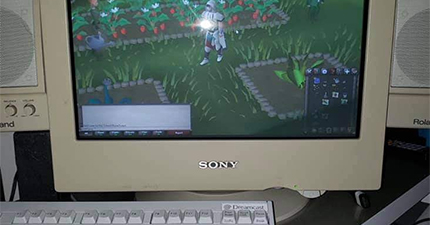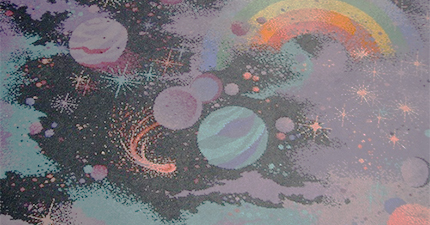In her book, States of Injury, Wendy Brown argues that the recognition of pain functions contrary to the aims of freedom. She argues that a fetishization of pain in feminist discourse has elevated socially conservative narratives around protection, responsibility, and accountability at the same time that the right has co-opted freedom from the left and that this limits the ways in which feminism can function as a political project.
In response to Wendy Brown, Sara Ahmed writes that:
“I agree that the transformation of the wound into an identity is problematic. One of the reasons that it is problematic is precisely because of its fetishism: the transformation of the wound into an identity cuts the wound off from a history of ‘getting hurt’ or injured. It turns the wound into something that simply ‘is’ rather than something that has happened in time and space. The fetishisation of the wound as a sign of identity is crucial to ‘testimonial culture’ (Ahmed and Stacey 2001), in which narratives of pain and injury have proliferated.”
This is an important conversation because this conversation cuts into the type of pain olympics that sometimes happens in feminist spaces. Pain olympics happens in two ways. There’s the snide comments that we sometimes make about each other, categorizing certain forms of suffering as frivolous or not political. There’s also the anxious pressure that we put on ourselves to make our pain credible. There’s the fear that our pain somehow isn’t important, that it’s attention seeking, or that it’s somehow not valuable enough to be political.
The reason how we compare our pain against that of other people has less to do with the nature of pain, which is highly specific and incomparable, but has more to do with representational politics. Representational politics is about selective visibility. It has to do with representing the many (many perspectives, lives, and emotions) with the few (few perspectives, lives, and emotions).
I believe that it is possible to feel a lack of pain support in contexts where your struggles and your wounds are underrepresented, erased, or made invisible. I also believe that it is possible to find that you have a lack of pain support in contexts where your struggles and wounds are overrepresented and hypervisible.
Take sexual trauma for instance—it is possible to live in a world where sexual violence is overrepresented and hypervisible on television shows and news broadcasts while survivor support remains very limited. Take grief for another example—it is possible to have numerous representations about loss while not having enough bereavement leave from work.
Representation often means that certain stories are told over and over again but I’m not even talking about that. I think that it is possible to represent pain in diverse and complicated ways while still maintaining social systems that do not support pain. This is because pain doesn’t only need expression and validation. Pain also needs privacy and rest.
There’s a tendency, in some parts of the spirituality/wellness industry, to discuss pain like representing it or expressing it will heal it. This can be true in some ways. Sharing a story about pain, testifying pain, is about looking for attachment. But expressing pain, naming shame, and sharing your rage is only one step. Survivors don’t just need places where we can tell our stories. We also need time off from work, rest, and space from visibility or having to explain our wounds in order to process changing emotions.
I think that the reason why expression is emphasized more than privacy is because it is easier. It’s not that validation or more or less important than privacy. It’s that the work of making pain visible is easier to support in practice, because neoliberalism is a representational system. What Ahmed calls “testimonial culture” is easier to support than issues of privacy in neoliberal systems because it is easier to share a story, to like a story, and to comment on a story than it is to take time off from work.
The fetishization of the wound that Ahmed and Brown talk about—this fetishization results from competitive visibility practices that mirror social competition. We don’t solve the issue of wound fetishization by making better representations. We do it by realizing that people in pain don't just need visible validation. We need a great deal of other things as well. It needs nutrition, privacy, the ability to say no to work, access to safe housing, and the ability to imagine the future. Pain is never solved with only representation. Pain needs a lot of things that have nothing to do with representation.
A lot of the time, how well you are able to process pain has very little to do with how well your pain is represented by the media. How well you are able to process pain will have to do with your financial security, with your access to choices, and with your access to time. I say this having talked to numerous people about pain. It’s almost never about great meta narratives in the media about how pain is characterized. It’s almost always about the question of whether or not you are able to take time off.
This question, I think, can make us less competitive than the visibility industries make us. Supporting survivors means advocating for consent around work, means reimagining how labor is maintained, and about unions of workers. Survivor needs are also labor needs because labor is about survival.
Wounds aren’t fetishized because we have too many stories to tell and not enough attention to hear them all. They’re fetishized because we sometimes try to heal something with visibility when that thing needs time, privacy, and layered support.
1 of 188
>>>


